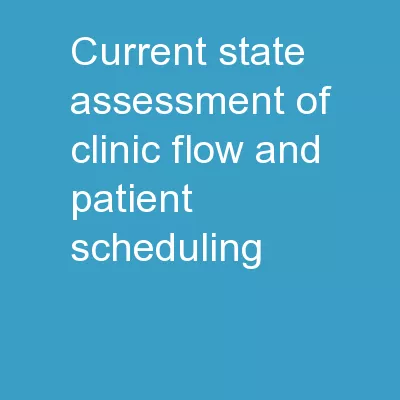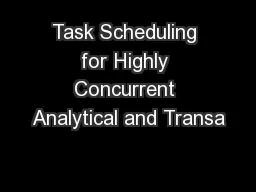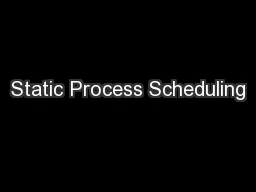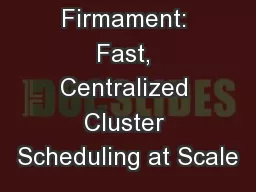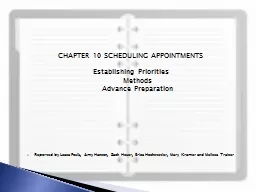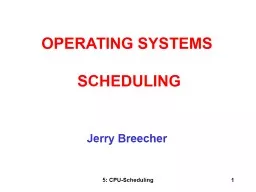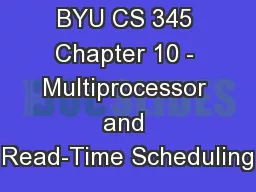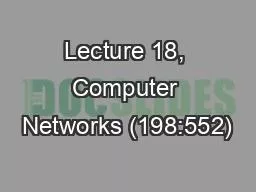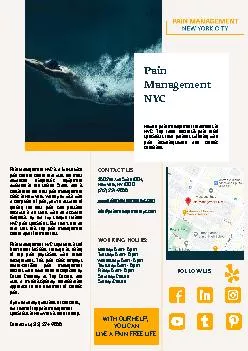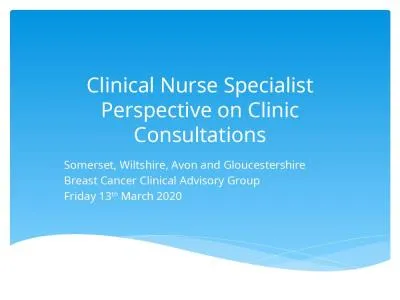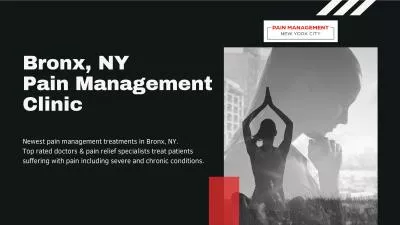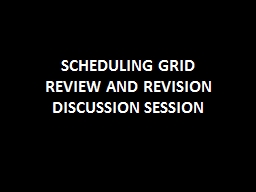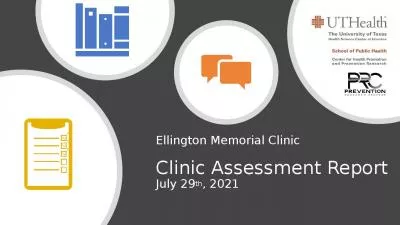PPT-Current State Assessment of Clinic Flow and Patient Scheduling
Author : stefany-barnette | Published Date : 2019-03-16
Final Report Julia Irwin Sarah Yang John Zwick Will Marchionni Team 9 Introduction Clients Dr Melissa Pynnonen Associate Professor of Otolaryngology Ms Stephanie
Presentation Embed Code
Download Presentation
Download Presentation The PPT/PDF document "Current State Assessment of Clinic Flow ..." is the property of its rightful owner. Permission is granted to download and print the materials on this website for personal, non-commercial use only, and to display it on your personal computer provided you do not modify the materials and that you retain all copyright notices contained in the materials. By downloading content from our website, you accept the terms of this agreement.
Current State Assessment of Clinic Flow and Patient Scheduling: Transcript
Download Rules Of Document
"Current State Assessment of Clinic Flow and Patient Scheduling"The content belongs to its owner. You may download and print it for personal use, without modification, and keep all copyright notices. By downloading, you agree to these terms.
Related Documents

